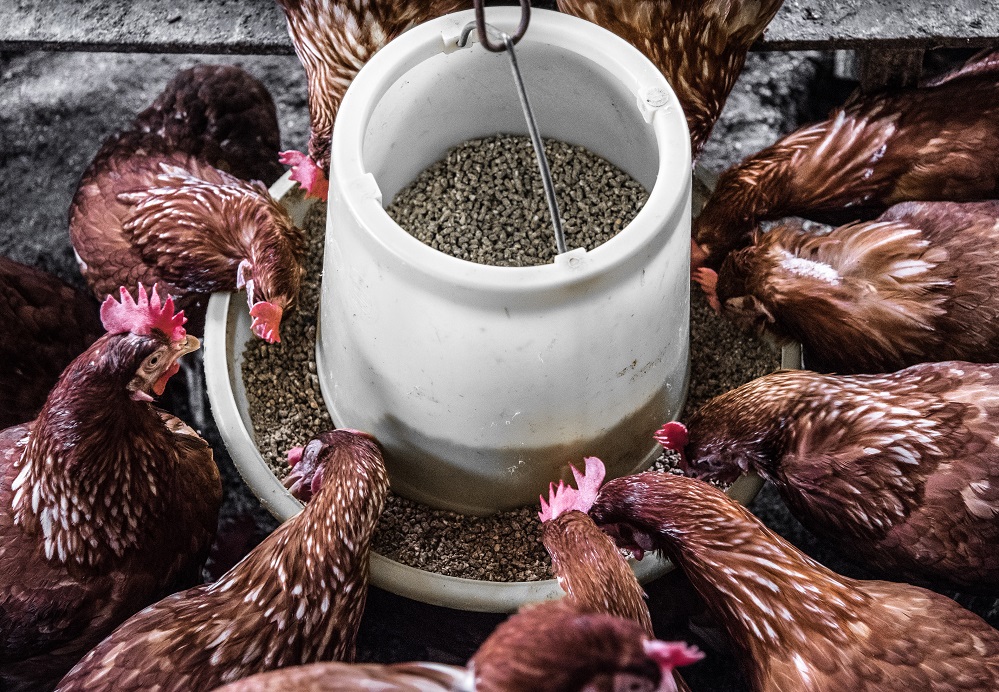What is intensive livestock farming

“Intensive farming” is used in public debates to classify or describe certain farming practices. It often implies farms with large numbers of animals and practices that maximize production output while minimizing production costs. It is also often blamed for environmental impacts from livestock production, biodiversity losses, and animal welfare shortcomings. However, intensification is not that straightforward when you consider the scientific debate. So, before engaging in conversations on livestock intensification, it is crucial to understand what intensification means.
This can encompass many things: intensive land use, intensive use of chemical inputs or farm machinery, intensive labour use, intensive use of technologies; use of feed and water resources; and so on. These factors impact the environment, biodiversity, and social framework differently. Hydroponic systems or urban farming, often seen as positive practices in general media, are advanced examples of intensive farming systems. On the opposite end, the traditional farm system also works with concepts like “sustainable or ecological intensification” with high ecological intensity, aiming to use natural processes and ecosystem services efficiently.
The merits and challenges of different farming practices, including those classed as intensive, are very complex and, in the case of Europe, more diverse. Let’s consider the basics of what can be classified as “intensification“. That is an increase in farm input intensity, including using fertilisers, pesticides and purchased feed. Can we observe a clear trend towards an intensification of livestock in Europe?
Eurostat, the European public agency for statistics, developed a methodology that could give initial answers to this question. Farm input intensity was used as a proxy of agricultural intensification and was defined as the level of inputs used by a farm per unit of production (in general land).
In the EU27, the last updated data in June 2022 showed that the shares of the agricultural area managed by high-intensity farms in 2020 were 37.5% of the total UAA, the Utilized Agricultural Area, while the UAA managed by farms with low input intensity per hectare is the 25.3%. The share of the agricultural area managed by farms with medium input intensity per ha was 37.2% of the total UAA.
Intensive livestock farming in the EU is unlike that of many other parts of the world. And above all, it is not necessarily negative for animal welfare or the environment. On the contrary, intensive practices often incorporate better care for animals and greater efficiency in resource use.